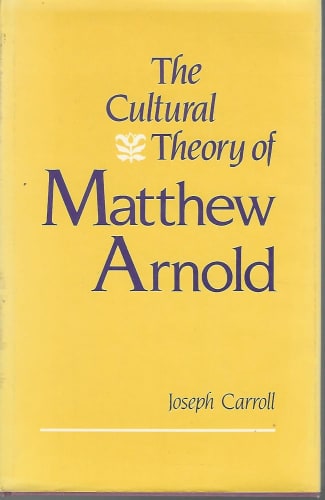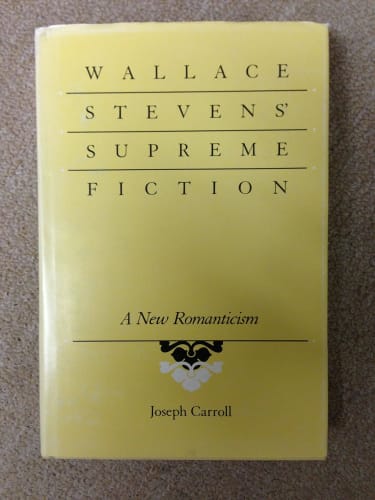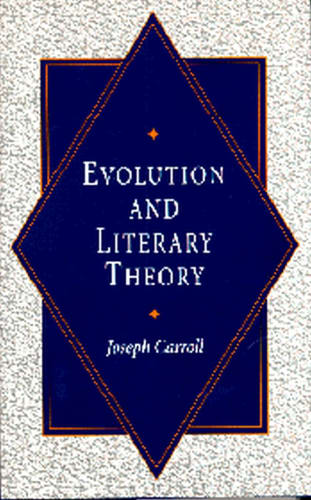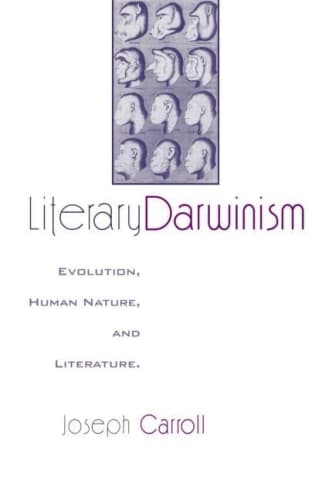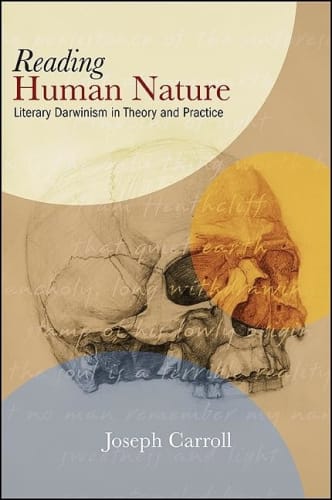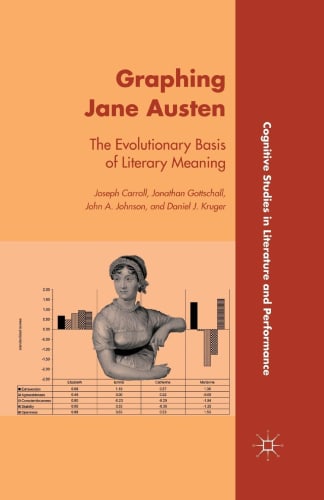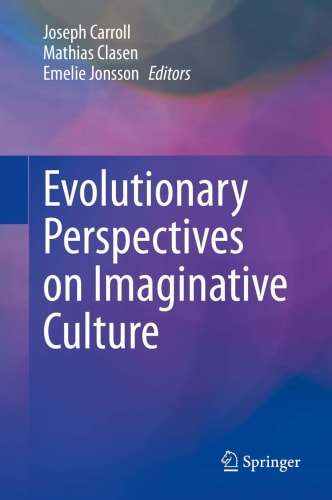Graphing Jane Austen
The Evolutionary Basis of Literary Meaning
J. Carroll, J. Gottschall, John A. Johnson, Daniel J. Kruger, 2012
Graphing Jane Austen was designed to fulfill several ambitions: to build a model of human nature—a comprehensive, biologically grounded set of basic motives and emotions—that included a dimension for differences in individual identity; to correlate the features in that model with characteristics of fictional stories and with the responses of readers to those stories; and to conduct experimental trials that would use the methods of the social sciences to assess validity in findings. We put together a model with basic motives, basic emotions, the five factors of personality, sex, and “agonistic” status, that is whether characters were protagonists, antagonists, or minor characters. We needed some definite body of literary works to reference. We chose nineteenth-century British novels—widely familiar in reprints and perennial favorites with literary readers. A team of four—two literary scholars (Jon Gottschall and I) and two psychologists (John Johnson and Dan Kruger)—built a website and posted names of about 2,000 characters from some 200 novels and asked readers to pick a character and fill out a questionnaire about the character’s motives, mating criteria, personality, and agonistic status. Respondents were also asked to answer questions about their own emotional and evaluative responses to a character. We analyzed the results from several hundred responses and concluded that agonistic structure in Victorian novels replicated the egalitarian ethos of hunter-gatherer culture, stigmatizing dominance behavior (the distinguishing feature of antagonists) in order to create a virtual community of cooperating equals.

